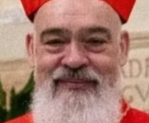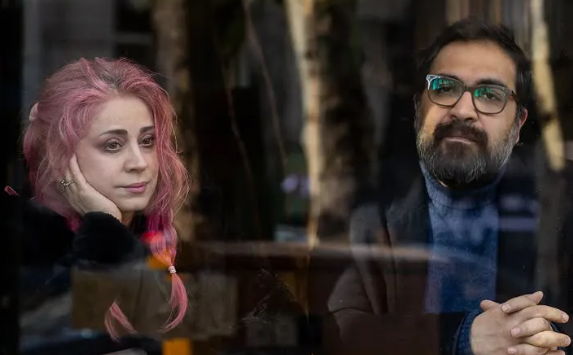 Abbas Kiarostami’s “Certified Copy”—a film of firsts for the Iranian director that has critics everywhere raving about it—openwd in theaters in the United States last month.
Abbas Kiarostami’s “Certified Copy”—a film of firsts for the Iranian director that has critics everywhere raving about it—openwd in theaters in the United States last month.
Called by Stephen Holden of The New York Times a “delicious brain tickler,” the film is Kiarostami’s first feature made outside Iran. It is also the first to include a major actor, the French star Juliette Binoche of “The English Patient” and “Chocolat.” Her co-lead is British opera singer William Shimell, who is making his movie debut.
Perhaps to strengthen the theme suggested by its name, its story and style follow a tradition set by works such as Richard Linklater’s “Before Sunrise” and “Before Sunset,” Michelangelo Antonioni’s “Avventura,” and most  similarly, Roberto Rossellini’s “Journey to Italy,” which follows a couple traveling to Naples to sell a house.
similarly, Roberto Rossellini’s “Journey to Italy,” which follows a couple traveling to Naples to sell a house.
“As the movie goes along, it begins to deconstruct itself by posing as a cinematic homage, or copy, if you will, of European art films of the 1950s and ‘60s with contemporary echoes,” says Holden.
In “Certified Copy,” Bi-noche, who is only referred to in the movie as “elle” or she, plays a French antique shop-owner with a 10-year-old son. Shimell is art scholar James Miller, who has written a book called, “Certified Copy,” examining the issue of authenticity and questioning whether anything is ever new.
The film begins with James giving a talk on his book and saying, “A copy leads us to the original.” Elle wants the six copies she has bought, despite “some parts [angering] me,” to be certified with James’s autograph. Afterward, elle invites James to a drive through the Tuscan countryside, and so begins their metaphysical journey into what is real and fake.
Stephen Whitty of New Jersey’s The Star-Ledger describes the film as having “layers upon layers” of images and meaning. For instance, a newlywed couple happily posing for wedding pictures is standing in the background of a bride trying not to cry. The author’s lecture is overshadowed by arguing in the audience and the faces of the couple driving cannot be seen because of reflections in the windshield. Thus, our “varying interpretations” of reality are depicted.
A little more than a quarter of he way into the film, however, everything becomes simpler when we reach what Whitty calls “the heart of the story.” There are fewer contraries and even more leisurely traveling for the couple.
Of course, the film never fully reveals itself to the audience and the ongoing conversations about the originality of reality seem to go deeper than just movie dialogue. Some critics propose that while James and elle seem to be strangers, subtle hints suggest they have been married for years. At first the assumption that they are by the woman at the café who goes on about her traditional views of the sexes and marriage seems wrong. Over time though comments, such as elle’s about the hotel where they spent their wedding night, cannot be categorized. Is being a long-term couple simply a game they are playing or is this trip between strangers indeed the game?
Holden says that “Certified Copy” is “such a conspicuous leap from neo-realism to European modernism it sometimes feels like a dry comic parody.” With its modernist sensibility, most film critics have only accolades for the 70-year-old Kiarostami’s latest production, but moviegoers will have to decide for themselves how to categorize and how to feel about “the line between the real and the fake, the fact and the feeling,” as Whitty puts it.
“Certified Copy” is in English, French and a little Italian, with English subtitles.























